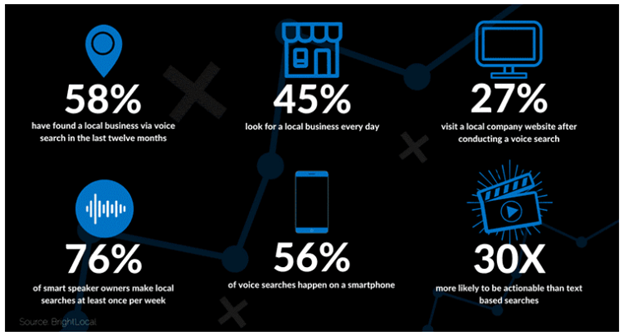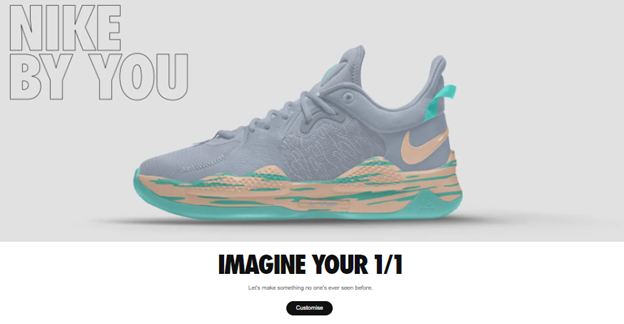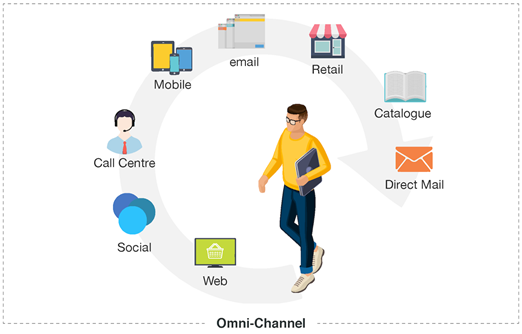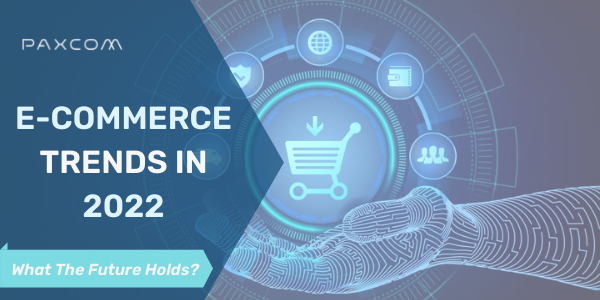Covid’s emergence in 2020 and the omnipresence of eCommerce platforms led to a drastic change in the way we buy things. By 2021, it spurred a series of upheavals that changed the face of retail and a shift in consumer behavior, making us more open to buying products online than offline. And with the emergence of new technologies, businesses compete for a more significant portion of the online pie.
There is no doubt that the future of e-commerce is bright and promising, regardless of the type of business you plan to start. In this blog, we will be sharing the new eCommerce trends that you can include in your eCommerce game plan before they become mainstream.
Table of Contents
Top 5 eCommerce Trends to Look Out For in 2022
1. Voice Search for shopping
Voice -Activated Search assistants like Alexa and Siri are gaining popularity and help users search online. Voice search is not just the latest fad, but it is here to stay as it is quickly becoming a part of people’s daily routines.
According to current estimates, the voice-assistant-speaker market will be worth $4 billion by 2022. With voice shopping anticipated to grow by 55 percent by 2022 and reach $40 billion, it’s safe to assume this will become a trend. In the first 48 hours of Amazon’s Great Indian Festival sale in 2020, nearly one million voice-based purchases were made. Amazon has also made Alexa available in a variety of regional languages, including Hindi, Marathi, Gujarati, Kannada, Bengali, Tamil, and Telugu.
So make sure that your eCommerce site is optimized for voice search to give you an edge.

2. Artificial Intelligence and Augmented reality
Artificial Intelligence seems to be a hot topic these days. Businesses of all kinds can benefit from incorporating AI, whether it helps employees better manage their time and tasks or just makes the customer experience more pleasant.
AI assistants of the future will be able to handle a wide range of responsibilities, including answering customer questions and concerns and managing inventory and orders. AI assistants will be able to perform more and more tasks as the technology improves, which is why some predict that AI will take over the eCommerce industry.
With the help of AI, many businesses have automated tasks that would have been impossible to accomplish manually. How do you think Amazon manages to change the product prices so many times a day? There was no way they could have gone through all of that data manually and come up with new pricing models for all of the products that needed them.
Now let’s talk about Augmented Reality. AR(Augmented Reality) is a powerful tool for your eCommerce business. It allows customers to interact with the product from the comfort of their own homes. It gives customers the confidence to make intelligent buying decisions. Customers can see how a piece of furniture will look in their own homes using AR technology.
For example, the IKEA Place app uses AR to let furniture shoppers view furniture in their homes (as in the figure). AR isn’t just a boon for furniture retailers like IKEA. Sephora, a retailer of cosmetics and beauty products, allows customers to test out the products virtually.

Flipkart has also introduced an Augmented reality feature to provide its shoppers a 360-degree view of products. Here is an example of it:

3. Personalized Products
It’s no surprise that eCommerce is perceived as less intimate and less about the personal experience than offline retail shopping, as humans crave physical contact. Browsing a store, feeling the products, trying them out helps the consumer identify and select a product they need. Lately, some eCommerce businesses have tried to replicate the physical store appearance by making their websites more visually appealing.
Therefore, customers, today lean towards brands that make them feel like they are heard and understood. This is where personalization comes into play. You must have seen some sites that provide product recommendations based on a user’s search history. This way, you can tailor the eCommerce experience for your customers based on what they like and are interested in.
For example, Nike’s Lunarglide shoe edition allows customers to design their own designs and choose their favorite colors.

More brands are adopting this practice, and by 2022, most eCommerce businesses will do the same as personalization increases brand loyalty and makes the shopping experience easy. So don’t forget to take advantage of this feature for your business.
4. Omnichannel Selling
The omnichannel market is snowballing now and will do so for many years to come. According to Market Research Future experts, the market will grow by 21.48% between 2017 and 2023, which equals a growth of $11.01 billion.
According to the Global Web Index, 37% of users use social media to research products and companies. But, before you expand your online channels, keep in mind that a sizable portion of your customers is still browsing or shopping in physical stores.
Focusing on a single channel limits your chances of connecting with other interested customers on various platforms. Even though many millennials in the United States shop online, CouponFollow found that many of them still check out physical stores before making an online purchase.

5. Chatbots
Shoppers want to interact with shopping platforms more humanely and intelligently. Chatbots assist eCommerce businesses in improving their customer experience by giving them the necessary help needed at any point in time.
eCommerce chatbots have been around for a while now, but it wasn’t until the last few years that they became more intelligent.
Integrating chatbots into your customer service is the best move you can make now, as they can perform many different tasks:
- Collecting feedback from surveys.
- Answering frequently asked questions (FAQ).
- Suggesting product recommendations.
- Informing about current sale offerings.
To help customers find the perfect gift for loved ones, Decathlon launched a French Christmas chatbot last December. The sports equipment company used a mixture of humor and animated gifs to make its best offers available to Facebook users.

Final Thoughts
As you can see, the world of eCommerce is continuously changing to accommodate customers’ needs. All these emerging trends have one thing in common: their end goal is to make a customer’s shopping experience easier and more enjoyable. So you can keep your customers happy by adding these new trends to your eCommerce growth strategy.
If you are looking for someone to streamline and automate your eCommerce process, connect with our experts for more detailed insights at info@paxcom.net
















